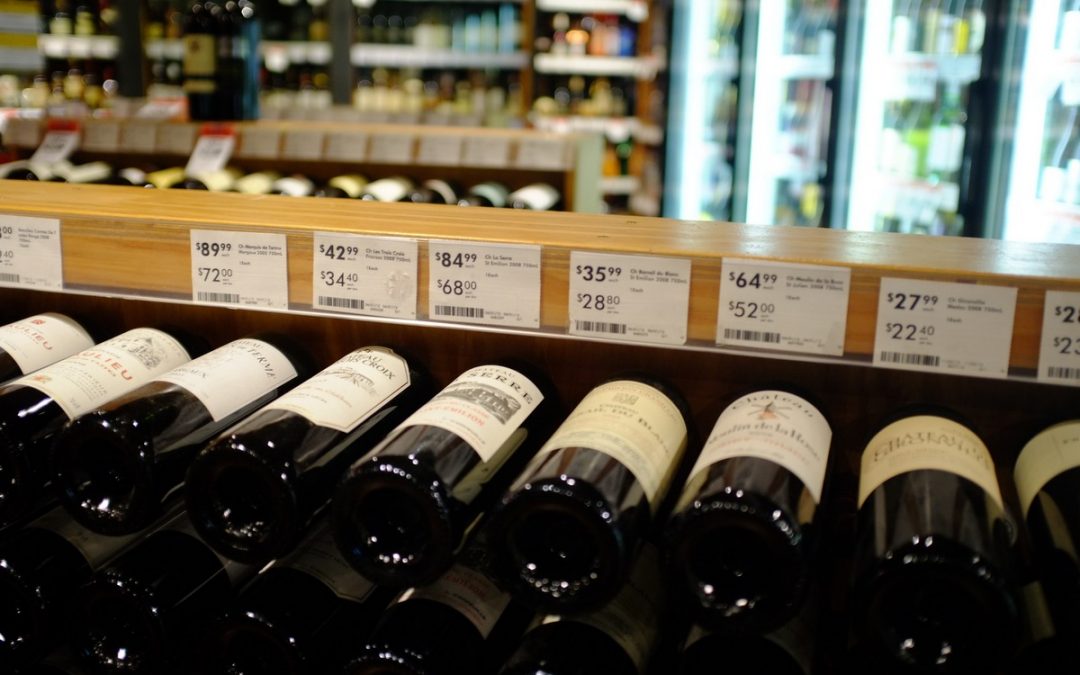According to the National Retail Federation (NRF) 2019 National Retail Security Survey, since 2014, shrink rates in retail have held at about 1.4 percent. It may seem like a small percentage, but it represents billions of dollars in losses for the retail industry. The NRF also uncovered a disturbing trend — the number of retailers with the highest shrinkage rates has grown. Retailers experiencing 3.0 percent shrinkage or higher have increased from 6.6 percent in 2014 to 10.9 percent in 2018. Liquor stores can fall into this category with higher value items that are easy to steal.
With alcohol on the list of most shoplifted items in the U.S., it’s essential for liquor stores to address this problem head-on to protect their profits and their business.
Here are four common sources of retail theft and some tips for how you can minimize them:
- Shoplifting
In general, shoplifting is the largest source of shrinkage. Sometimes shoplifting occurs when an individual sees an opportunity, but it can also be the objective of organized retail crime with groups that work together to plan and execute theft.
Although fighting back against shoplifting is a difficult challenge and an ongoing battle, there are measures you can take to minimize it. Assess your store layout to make sure there aren’t any secluded or obstructed areas that a shoplifter could use to hide merchandise inside their clothes or bags. Use a surveillance system that helps you monitor and record activity inside your store and signage that reminds shoppers that they are on camera. Low-tech security solutions such as mirrors and trained associates on the sales floor to deter shoplifting.
- Employee theft
Another significant source of retail shrinkage is employee theft. Employees can be tempted by aisles and stockrooms full of merchandise and registers full of cash. They may also conspire with family or friends to steal by passing merchandise through the checkout without scanning or giving unauthorized discounts.
Your point of sale system (POS system) can help you keep a close watch on inventory and the activity of specific employees, especially those with an excessive number of transactions involving voids, returns, or discounts.
- Vendor fraud
Vendor fraud, whether intentional or unintentional, can be another source of liquor store shrinkage. Always carefully check deliveries to ensure you get exactly what you pay for.
- Administrative errors
Shrinkage or loss can also be the result of recordkeeping errors. Incorrectly recording costs and then miscalculating a retail price could result in the loss of hundreds of dollars. Over-ordering could also lead to inventory that sits idle in the stockroom, tying up cash and leading to losses if discounts are necessary to move stock.
Create a Loss Prevention Plan
Meet with your team and trusted business advisors, including your POS solution provider, to evaluate how your business. Look for areas that are vulnerable to loss and the best security measures to put in place to mitigate risks. Your plan should include how you will use technology such as surveillance cameras and your POS system to prevent losses. Also ensure that each employee receives the training they need to spot and prevent theft.
The effort and resources you invest can minimize shrinkage and save thousands of dollars of merchandise from literally going out the door.
To learn more about how your POS system can be a valuable part of your loss prevention plan, contact PlazSales.


Recent Comments